A relative of tinplate, pewter has its use linked to an ancient tradition of craftsmanship. Its properties lend itself to be a good vehicle for art.
INTRODUCTION TO PEWTER
Often those beautiful candlesticks that we sometimes see in a shop window and that if we are not knowledgeable may seem to us to be made of silver are made of pewter.
Pewter is a alloy of tin with small amounts of zinc, lead, and antimony, soft and white in color, It isvery similar to silver, not very reactive and melts at 320 ºC, so its use for ornaments is very common. Pewter is durable and malleable, acquires an interesting patina over time and can be forged into any shape. Like tin, it has excellent resistance to corrosion, is soft and very ductile, which is why it is considered a semi-precious metal.
Its composition of 85 to 99% tin, and traces of 1-4% copper to give it hardness, if you add a small percentage of lead is colored bluish. As we have said its appearance is shiny, polished and similar to silver, which like this metal tends to blacken due to oxidation if it does not receive chemical treatment.
USES AND HISTORY OF PEWTER
From it a multitude of objects of excellent appearance are made, such as tableware, decorative items, watches… all of them have in common a pleasant finish with the elegance of silver and the properties of stainless steel. Traditional parts are obtained by pouring molten alloy into moulds. Then the pewter is worked by hand by embossing its surface. It is usually chemically treated to give it an aged appearance.
Figure of a lady in pewter
Its knowledge is very old, dating back to the 3rd century BC. Pewter was used by the Romans in the construction of pipes, during the Middle Ages for the manufacture of ornaments and was used in the poorest churches as a substitute for silver. European artists used it to paint their works in the Middle Ages. At this time pewter grew in popularity, replacing wooden tableware in wealthy homes, as it did in the United States during the eighteenth and nineteenth centuries in middle and upper class homes.
Set of antique pewter measures
Another typical use in past centuries was to make toys. Due to the toxicity of lead, its components evolved to the current formulation.
This material
is widely used in tin-producing countries
cheap labor as Indonesia and Latin America, the craftsmen who work it are called peltreros.
Today, pewter is still a product that has an assured future in goldsmithing.

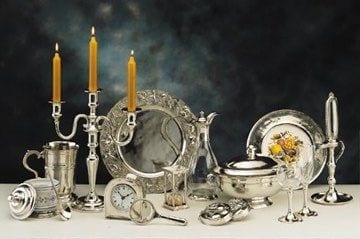
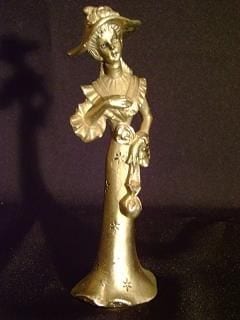
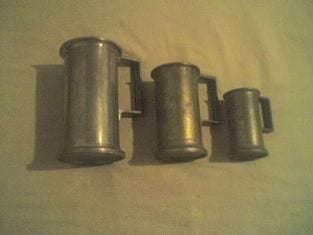


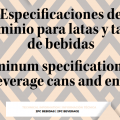


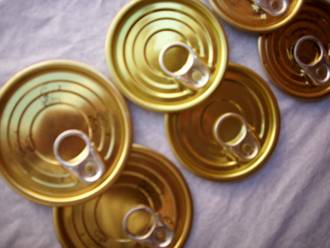
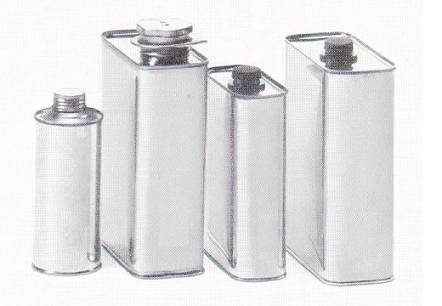
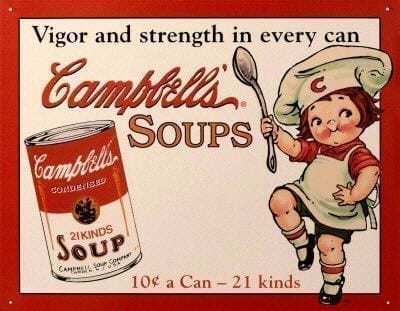



0 Comments